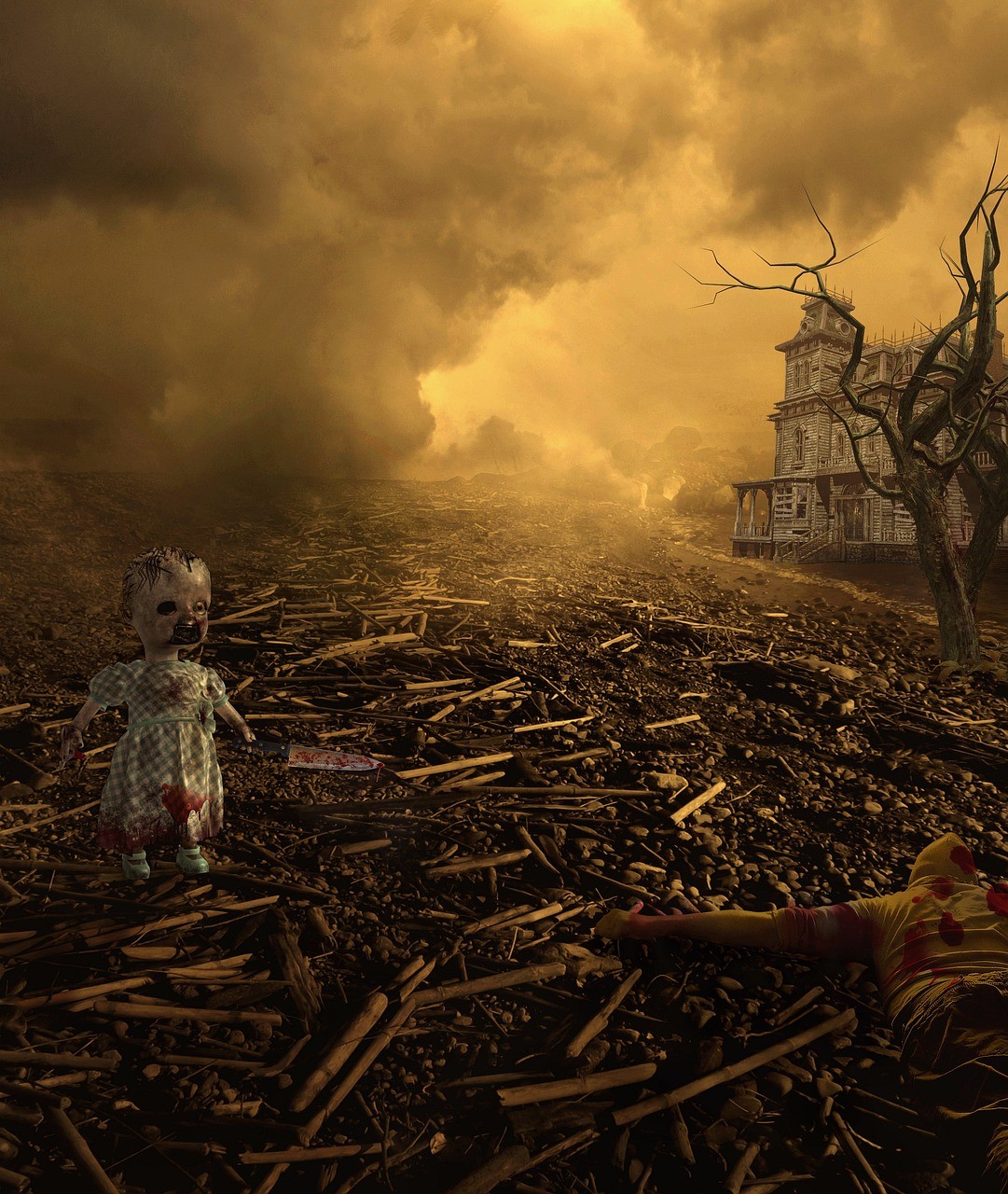Why would these promising college students destroy their lives this way, murdering their most beloved parents?
Course Launching Announcement: Object Relations Parenting (Kim, 2024): Helping Busy Parents Prevent, Repair, and Restore Connections with Troubled Children
Sample Lesson 6.3: Understanding Silent Trauma (Kim, 2022) and Its Potential Consequences
Key Points
Key Points:
1. Silent Trauma: Refers to unacknowledged or unresolved psychological wounds from childhood experiences.
2. Trauma-Hostility Model: Proposed by Kim (2021), it explains how unaddressed childhood trauma can lead to heightened sensitivity and hostility in adulthood.
3. Real-Life Cases: Tragic outcomes, such as violence towards mothers by their adult children, can be triggered by unresolved childhood trauma and perceived criticism.
4. Hypersensitivity and Overreaction: Individuals affected by early trauma may react disproportionately to minor provocations, especially from figures they are emotionally attached to.
5. Intervention and Prevention: Early recognition of trauma signs, therapeutic intervention like Object Relations trauma-focused therapy, and raising awareness can mitigate the risk of violent outcomes.
Lecture
Main Lecture
Introduction:
In today’s lesson, we delve into the profound impact of silent trauma, particularly focusing on cases where unaddressed childhood trauma manifests in extreme and tragic outcomes, such as the murder of mothers by their adult children. We will explore the trauma-hostility model proposed by Kim (2021), which sheds light on how unprocessed childhood trauma can escalate into violent acts, even towards loved ones.
1. What is Silent Trauma (Kim, 2022)?
Silent trauma refers to psychological wounds and scars from childhood experiences that remain unacknowledged or unresolved.
These traumas can include neglect, abuse, witnessing violence, or emotional deprivation, among others.
Silent trauma often lurks beneath the surface, influencing thoughts, emotions, and behaviors without conscious awareness.
2. The Trauma-Hostility Model (Kim, 2021):
Kim’s model explains how unaddressed childhood trauma can lead to heightened sensitivity and hostility in adulthood.
Early trauma disrupts normal emotional development, leading to hypersensitivity and emotional dysregulation.
Individuals may develop a hair-trigger response to perceived threats or criticism, especially from authority figures like parents.
3. Hypothetical Cases of Tragic Outcomes:
Case Study 1:
Victim: Jane Doe, a dedicated teacher and loving mother.
Perpetrator: John Doe, former high school valedictorian and aspiring college student.
Background: John had a history of academic success but lately struggled with anger issues and emotional instability after experiencing increasing academic pressure.
Trigger: Jane’s persistent expectations for John to take responsibility triggered his long-standing feelings of inadequacy and anger.
Outcome: John exploded in rage, fatally harming his mother, unable to control his emotions due to unprocessed childhood trauma.
Case Study 2:
Victim: Mary Smith, a caring hospital caregiver and single mother.
Perpetrator: David Smith, an intelligent and successful professional.
Background: David was known for his achievements but harbored deep-seated resentment towards his mother’s perceived nagging and demands.
Trigger: Mary’s attempt to discuss David’s career choices escalated into a violent altercation.
Outcome: David’s pent-up anger from childhood trauma erupted, resulting in a tragic outcome for his mother.
Case Study 3:
Sarah and John, a couple in their early thirties, adopted Emily from an orphanage abroad when she was six years old. Emily had spent her early years in neglectful conditions and had experienced multiple caregivers before adoption. Initially, Emily seemed resilient and adapted well to her new home. However, as she approached adolescence, her behavior became increasingly erratic.
Beginning in her adolescence, Emily began to exhibit signs of inappropriate anger and defiance toward Sarah, her adoptive mother, who showed concerns about her distancing behavior. Emily would often lash out verbally, refuse to follow the rules and isolate herself in her room for hours. Sarah and John struggled to understand Emily’s behavior, feeling overwhelmed and unsure of how to help her.
4. Understanding Hypersensitivity and Overreaction:
Early trauma can heighten sensitivity to perceived threats or criticism.
Individuals may overreact to minor provocations, especially from figures they are emotionally attached to, such as mothers.
Without intervention, these emotional responses can escalate into extreme acts of violence.
5. Addressing and Processing Trauma:
Early Intervention: Recognizing signs of trauma in childhood and providing timely support and therapy can mitigate long-term consequences.
Therapeutic Approaches: Techniques such as Object Relations, trauma-focused therapy, and mindfulness can help individuals process and heal from early trauma.
Education and Awareness: Educating parents, caregivers, and educators about the signs of trauma and its potential impacts can facilitate early intervention and support.
Conclusion:
Today’s lesson has highlighted the critical importance of understanding and addressing silent trauma to prevent tragic outcomes, such as violence towards mothers by their adult children. By applying insights from the trauma-hostility model and real-life cases, we emphasize the need for early intervention, therapy, and support systems to help individuals process and heal from childhood trauma effectively. Through awareness and proactive measures, we can strive towards creating healthier and safer environments for individuals impacted by silent trauma.
Key Takeaways
1. Importance of Early Intervention: Recognizing signs of trauma in childhood and providing timely support is crucial.
2. Understanding Emotional Triggers: Childhood trauma can lead to hypersensitivity and emotional dysregulation in adulthood.
3. Impact on Relationships: Unprocessed trauma can strain relationships, leading to extreme reactions towards loved ones.
4. Therapeutic Approaches: Techniques like trauma-focused Object Relations therapy can help individuals process and heal from childhood trauma.
5. Educational and Support Systems: Awareness and education about trauma are essential for preventing tragic outcomes and promoting emotional well-being.
Quizzes
1. What does Silent Trauma refer to?
A) Trauma that is openly discussed and processed
B) Psychological wounds from childhood experiences that remain unacknowledged
C) Trauma experienced in silence by adults
D) Trauma caused by physical injury
2. According to the Trauma-Hostility model by Kim (2021), what can unaddressed childhood trauma lead to?
A) Decreased sensitivity
B) Improved emotional regulation
C) Heightened sensitivity and hostility
D) Strong social bonds
3. What are some potential triggers for extreme reactions in individuals affected by silent trauma?
A) Positive feedback from loved ones
B) Minor criticism or expectations from authority figures
C) Complete isolation from social interactions
D) High academic achievements
4. How can early intervention help mitigate the impacts of childhood trauma?
A) By ignoring trauma symptoms
B) By providing timely support and therapy
C) By increasing academic pressures
D) By isolating the individual from social interactions
5. What is one of the key takeaways regarding the impact of Silent Trauma on relationships?
A) It enhances emotional stability in relationships
B) It reduces the need for open communication
C) It can strain relationships and lead to extreme reactions towards loved ones
D) It has no impact on relationships
Quizzes and Explanations
1. Answer: B) Psychological wounds from childhood experiences that remain unacknowledged.
Explanation: Silent trauma involves psychological scars from childhood that are not openly addressed or resolved.
2. Answer: C) Heightened sensitivity and hostility.
Explanation: The model suggests that unprocessed childhood trauma can increase sensitivity to perceived threats and provoke hostile reactions.
3. Answer: B) Minor criticism or expectations from authority figures.
Explanation: Individuals with silent trauma may overreact to minor criticism or expectations, especially from figures they are emotionally attached to, like parents.
4. Answer: B) By providing timely support and therapy.
Explanation: Early recognition and support through therapy like CBT can help individuals process and heal from childhood trauma effectively.
5. Answer: C) It can strain relationships and lead to extreme reactions towards loved ones.
Explanation: Unprocessed silent trauma can strain relationships due to hypersensitivity and emotional dysregulation, potentially resulting in extreme reactions towards loved ones.








